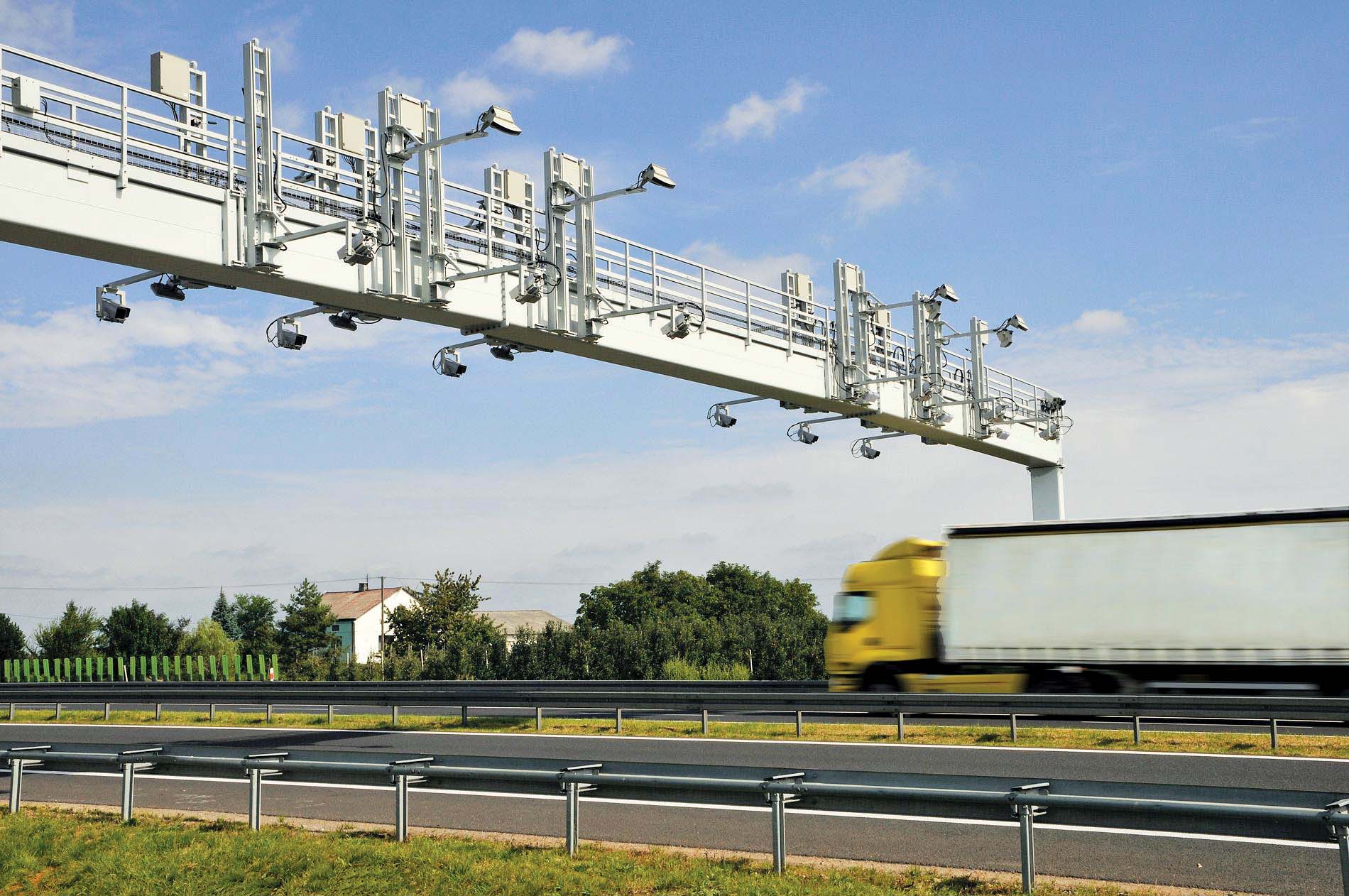
Buoyed by the success of its recent ITS introductions, the authorities in Moscow are planning additions to the system as Eugene Gerden discovered.
The government of Russia’s capital, Moscow, plans further improvement to the city’s transport systems, partly through the introduction of new ITS technologies and the modernisation of existing systems.
At the beginning of 2015 the Moscow government completed the introduction of a new ITS infrastructure in the city, which, according to Moscow Mayor Sergei Sobyanin (one of the initiators of the new system), currently remains one of the best in the world.
He comments: “The new ITS provides the authority with the capability to simultaneous perform several tasks. These include the management of parking spaces and ground passenger transport, the provision of information about time of arrival of public transport and the current traffic situation within particular areas of the city. In addition, the new system can register traffic violations and coordinate traffic lights.”
Since adoption of the new system the level of congestion has reduced significantly and according to Moscow’s city government, the average traffic speed has increased by 10-15% from a baseline of 19km/h (11.8mph). In addition, the system has reduced the search time for an available parking space by 65%, while both fuel consumption and emissions have dropped by a quarter.
Central to Moscow’s new system is more than 7,000 sensors mounted on roadside posts and buildings throughout the city.
These use Wi-Fi, Bluetooth and ANPR to measure the volume of road traffic and average speed in order to determine the level of congestion.
In addition, more than 1,200 road safety cameras were installed in the city centre along with about 200 variable message signs to display information for drivers about the level of congestion or road accidents on the route.
According to Vadim Yuriev, head of Moscow Center of Organization of Road Traffic (MCORT), of the 2,150 traffic lights installed in Moscow city, more than 1,700 are currently connected to the intelligent transport system.
Around 800 of the cameras are for visual surveillance while the remainder have some form of processing capability such as detecting stationary vehicles, wrong-way drivers, fire and/or smoke.
Yuriev also added that the installation of the new ITS provides MCORT with the ability to act and react to almost all traffic problems within the city including easing congestion by synchronisation of the traffic lights to create tidal flows or green waves.
According to Yuriev, implementation of the new system has resulted in a significant improvement of the traffic congestion on the city’s roads despite an estimated 300,000 additional cars coming into Moscow every year.
He said the improvement is reflected by independently generated figures showing the index of traffic jams in Moscow has declined from 7 to 6.45 for the last several months and there is a possibility that these results will be further improved in 2016.
According to data from MCORT, in the first six months of 2015 there were 338 people killed as a result of road accidents in and around Moscow compared with 450 in the first six months of 2014.
MCORT says that, in general, Moscow is not ready for such a large number of cars as statistically, each car in the city currently accounts for only 27m2 of asphaltic road, compared with 150-200m2 in the US and 80-100m2 in Western Europe’s largest cities.
Future plans
Moscow’s government has plans for another round of ITS introductions, this time based on satellite (GLONASS/GPS) technology. This will allow the monitoring of cargo transport through the city and in particular transportation of hazardous cargos, to ensure control over safety. Other vehicles planned to benefit from the GLONASS/GPS technology include school buses and government vehicles and it may be extended to the movement of utility machines.
According to an official spokesman from MCORT, the Moscow city government has high hopes for the GLONASS system in regulation of traffic, considering it as one of the main advantages of Russia over the other Western countries in the field of ITS.
Beyond GLONASS, it is planned that more efficient weather conditions monitoring will be at the heart of future transport-related systems installed in Moscow and other large Russian cities. These will involve the installation of road weather stations, optical sensors and cameras for weather observation in the cities’ streets.
Information about weather conditions will be provided to drivers on a special website, via traffic signs, sms texts and unmanned aerial vehicles.
Finally, special technologies based on surface acoustic waves, will soon be installed on Moscow streets and will be used to monitor the condition of road surface, bridge piers, tunnels and other road infrastructure.
Recently the Moscow city government announced an agreement with Rostelecom, Russia’s leading long-distance telephony provider, for the supplies of its newly-designed parking space management system. According to Rostelecom’s official spokesman, the efficient use of parking spaces enabled by the new system will relieve traffic flows, increase the average speed of cars in the city and reduce the number of traffic violations.
However, the Moscow city government said imperfect legislation in this field is preventing the introduction of ITS in Moscow and other Russian cities. According to Vladimir Kryuchkov, general director of
Russian government and national Parliament (State Duma), plans to introduce legislation to regulate the operation of intelligent transport systems across the country.
However, some Russian analysts have already criticised these plans, believing that this will result in excessive regulation of this sphere.
- ABOUT THE AUTHOR: Eugene Gerden is an international freelance writer, based in St. Petersburg, who specialises in current affairs.












